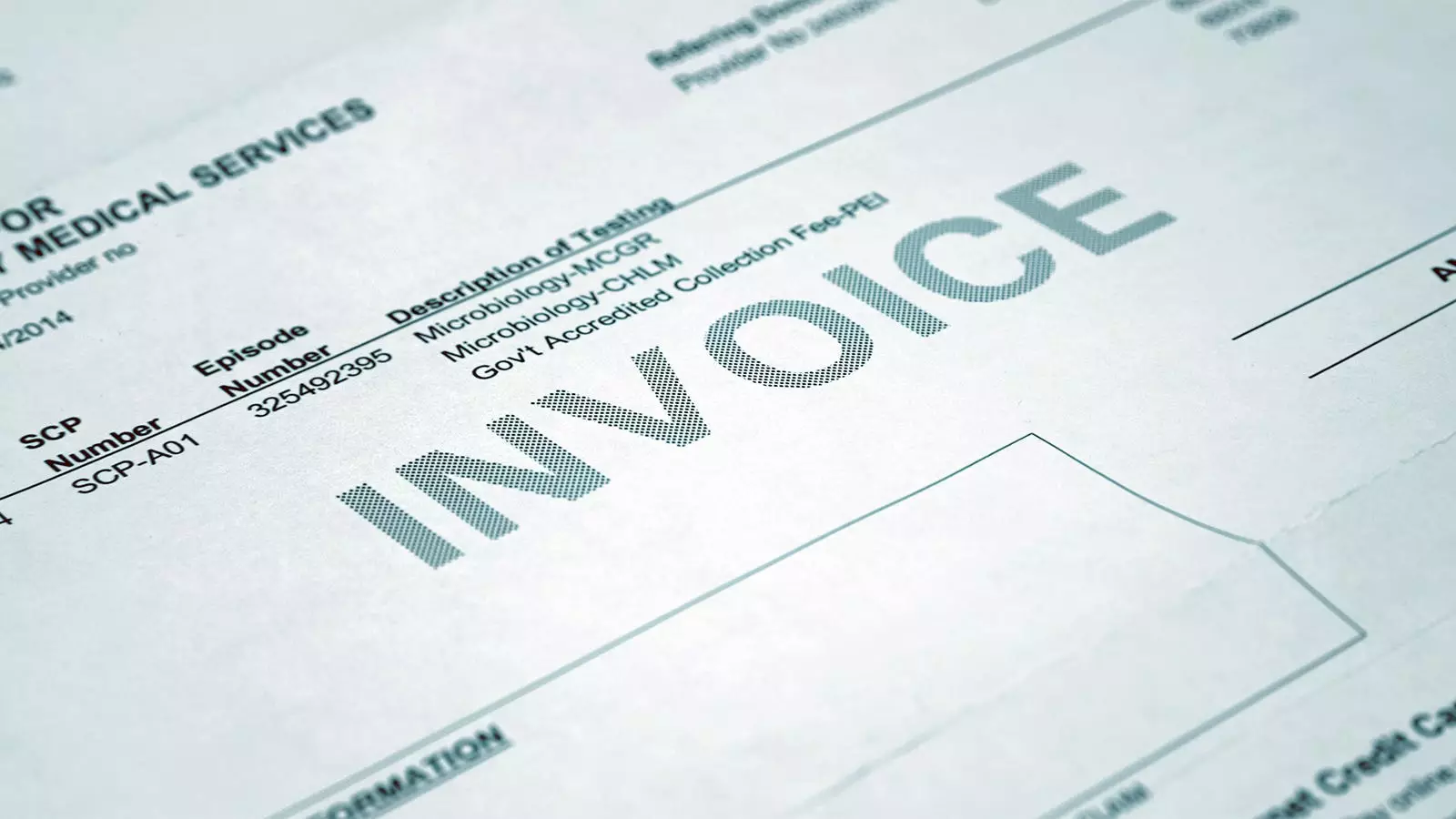Health spending in the U.S. experienced significant fluctuations in recent years, with a rise of 4.1% in 2022, reaching a staggering $4.5 trillion. While this growth marked an increase from the previous year, it fell short of the unprecedented surge observed in 2020. These findings were unveiled by the Centers for Medicare & Medicaid Services (CMS) and shed light on the evolving dynamics of healthcare spending in the country.
The unexpected rise in healthcare expenditures in 2020 was largely a result of COVID-19-related federal spending. As the pandemic gradually receded, the growth rate of healthcare spending slowed down, leading to a 3.2% increase in 2021. In 2022, this trend continued, with a higher growth rate of 4.1%, but still below the levels seen in the previous year.
Analyzing the composition of healthcare spending reveals fascinating insights. Personal healthcare goods and services dominated, accounting for a staggering 83% of the national health expenditure. The net cost of health insurance, defined as the revenue collected by health insurers minus the amount paid out in benefits, represented 6% of the total expenditure. Public health activity and healthcare investment each accounted for 5% of the spending, while government administration costs constituted a mere 1%.
Delving deeper into expenditure allocation, hospital care emerged as the top recipient of healthcare dollars, with 30% of the total expenditure allotted to this area. “Other spending,” which includes dental services, home health services, and durable medical equipment, accounted for 23% of healthcare dollars. Meanwhile, physician and clinical services received 20%, and prescription drugs represented 9% of the overall spending.
The growth rate of spending in the physician and clinical services category experienced a deceleration in 2022, totaling $884.9 billion. While this marked a modest increase of 2.7% from the previous year, the growth rate was slower than the 5.3% increase observed in 2021. Several factors contributed to this decline, including slower spending growth by Medicare, Medicaid, and out-of-pocket expenditures, as well as a reduction in the growth rate of prices.
Retail prescription drug spending witnessed an 8.4% increase in 2022, surpassing the growth rates of 6.8% in 2021 and 4.4% in 2020. The rise in prescription spending was attributed to increases in Medicare and out-of-pocket expenses, along with significant growth in Medicaid spending. Additionally, after four years of decline, drug prices experienced a slight increase of 1.2%.
The funding for healthcare primarily came from health insurers, accounting for 72% of total expenditure. This includes Medicare, Medicaid, private health insurance, and other government payers. Out-of-pocket spending constituted 11%, while other third-party payers and programs provided 8% of the funds. Specific types of insurance, such as Medicare, witnessed an increase in spending, reaching $944.3 billion in 2022. However, per-enrollee spending decreased by 3.8%, primarily due to slower growth in spending on hospital care and physician and clinical services.
While Medicaid spending was lower than that of Medicare, it experienced a notable growth rate of nearly 10%. This represented the third consecutive year of steady expansion. Moreover, enrollment in Medicaid increased by 7.2% in 2022. An encouraging trend appeared in the data, with the number of uninsured individuals declining for the third year in a row, going from 31.8 million in 2019 to 26.6 million in 2022. This positive development paralleled the gradual rise in the insured share of the population, climbing from 90.3% in 2019 to 92.0% in 2022. The surge in insurance coverage was predominantly driven by increased participation in the Affordable Care Act marketplaces and higher uptake of employer-sponsored insurance.
The share of healthcare spending as a percentage of Gross Domestic Product (GDP) witnessed a decline, reaching 17.3% in the previous year. This decrease marked a departure from the peak of 19.5% observed in 2020. Nonetheless, the 2022 figure remained aligned with the average share of 17.5% recorded during the 2016-2019 period. These numbers emphasize the significance of healthcare in the national economy and underscore the need for effective utilization of resources.
The shifting landscape of healthcare spending in the United States highlights the complex interplay of various factors. While the COVID-19 pandemic greatly impacted expenditures in 2020, subsequent years experienced a decline in growth rates as the effects of federal spending waned. The distribution of healthcare funds indicates a strong reliance on personal healthcare goods and services. Furthermore, shifts in spending patterns for physician and clinical services and prescription drugs demonstrate the dynamic nature of healthcare financing. As the industry evolves, it becomes crucial to strike a balance between affordability, accessibility, and quality of care while ensuring equitable coverage for all individuals.

Leave a Reply